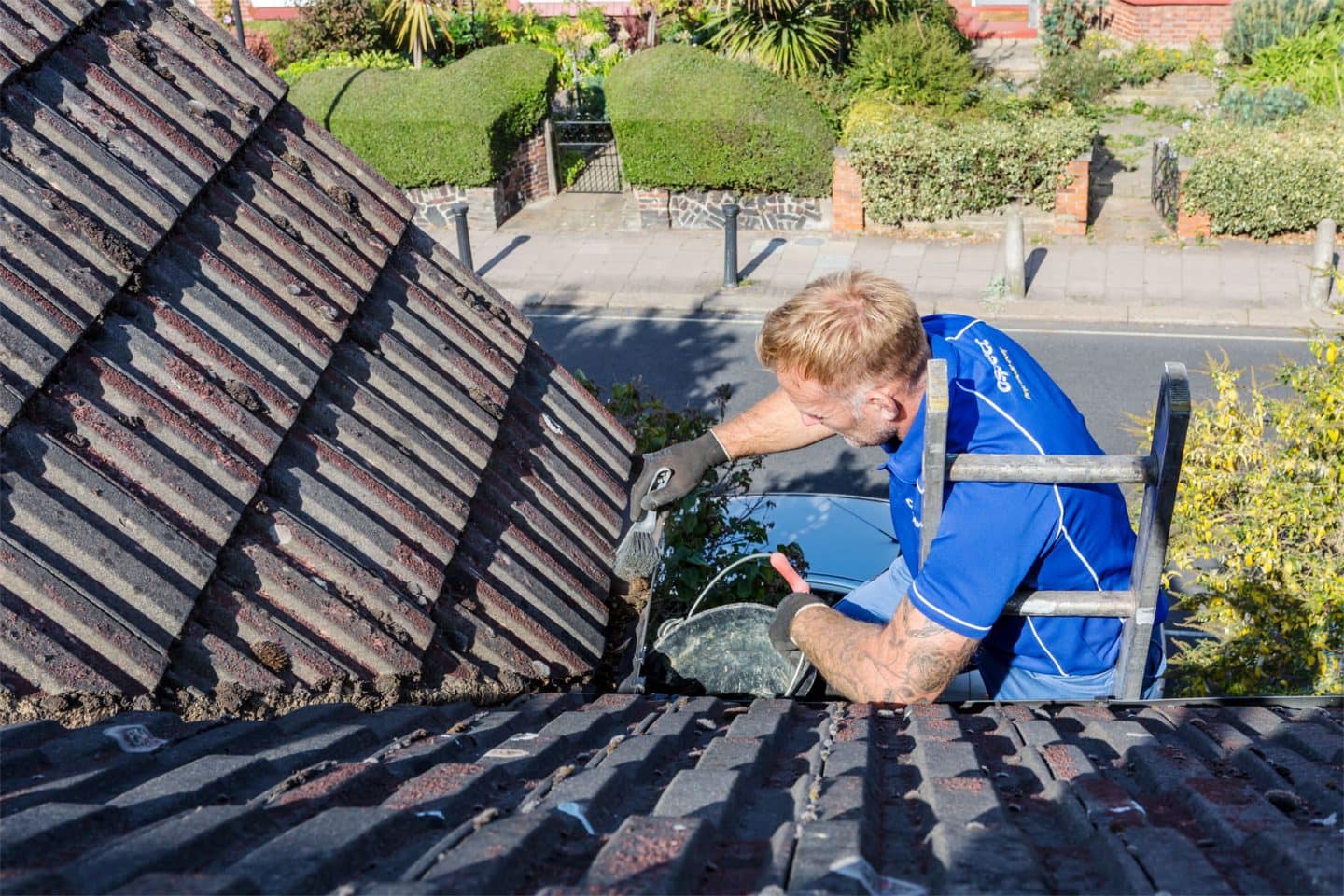

Articles
How To Clean Gutters From Roof?
Modified: April 22, 2024
Learn effective techniques and tips for cleaning gutters from your roof in our informative articles.
(Many of the links in this article redirect to a specific reviewed product. Your purchase of these products through affiliate links helps to generate commission for Storables.com, at no extra cost. Learn more)
Introduction
Welcome to our comprehensive guide on how to clean gutters from the roof. Properly maintaining and cleaning your gutters is essential for the overall health and functionality of your home. Yet, many homeowners often overlook this crucial task. Clogged gutters can lead to a wide range of problems, including water damage, foundation issues, and even pest infestation.
Gutters play a vital role in diverting rainwater away from your home’s foundation, preventing water damage and flooding. Over time, leaves, twigs, dirt, and other debris can accumulate in your gutters and obstruct the flow of water. This buildup can cause water to overflow and seep into your home, leading to costly repairs.
Regular gutter cleaning is the best way to ensure the proper functioning of your gutters and prevent these issues. While you can clean your gutters from the ground, cleaning them from the roof offers a more thorough and comprehensive method.
Cleaning your gutters from the roof may sound daunting, but with the right tools, materials, and safety precautions, it can be a manageable task. In this guide, we will walk you through the step-by-step process of cleaning gutters from the roof, ensuring that it is both effective and safe.
Before we dive into the cleaning process, let’s first go over the tools and materials you will need for the job. Having everything prepared beforehand will make the task more efficient and streamlined.
Key Takeaways:
- Regular gutter cleaning is crucial for preventing water damage, roof leaks, and pest infestations. Proper maintenance ensures optimal functionality and longevity of your gutters, protecting your home from costly repairs.
- Prioritize safety and thoroughness when cleaning gutters from the roof. Regular maintenance, inspection for damage, and prompt repairs or replacements are essential for preserving the integrity of your home.
Read more: How To Clean Gutters From The Roof
Importance of Cleaning Gutters
Regularly cleaning your gutters is of utmost importance for maintaining the integrity of your home. Here are some key reasons why gutter cleaning is essential:
- Prevents Water Damage: The primary function of gutters is to carry rainwater away from your home’s foundation. If your gutters are clogged or overflowing, water can seep into your basement or crawl space, leading to structural damage, mold growth, and costly repairs.
- Protects Your Roof: Gutters ensure that water flows away from your roof, preventing water from pooling and causing potential roof leaks and damage. Regular gutter cleaning eliminates debris that can weigh down on your roof and cause it to sag or develop leaks.
- Prevents Pest Infestations: Clogged gutters create an inviting environment for insects, rodents, and even birds to build nests and seek refuge. Cleaning your gutters removes the debris that provides shelter for pests and helps keep them away from your home.
- Preserves Landscaping: Properly functioning gutters channel water away from your landscape, protecting flowers, plants, and shrubs from excessive moisture and erosion. Clean gutters ensure that water is directed where it should be, preventing damage to your landscaping.
- Prevents Ice Dams: In colder climates, clogged gutters can lead to the formation of ice dams, which can cause roof leaks and damage. Cleaning your gutters before winter minimizes the risk of ice dams forming and protects your roof from potential harm.
By regularly cleaning your gutters, you ensure that they are functioning optimally and can effectively protect your home from water damage, roof leaks, and other related problems. Now that you understand the importance of gutter cleaning, let’s move on to the tools and materials you’ll need for the task.
Tools and Materials Needed
Before you begin cleaning your gutters from the roof, it’s important to gather the necessary tools and materials. Here’s a list of what you’ll need:
- Ladder: A sturdy ladder is essential for accessing your roof and reaching the gutters. Choose a ladder that is the appropriate height for your roof and ensure it is stable and secure before climbing up.
- Gloves: Wear heavy-duty work gloves to protect your hands from debris and sharp edges in the gutters. Gloves also help provide a better grip when handling the materials.
- Safety Goggles: Protect your eyes from debris and water splashes by wearing safety goggles. This will prevent any potential injuries while cleaning your gutters.
- Gutter Scoop or Trowel: Use a gutter scoop or trowel to remove the bulk of the debris from your gutters. These tools make it easier to collect leaves, twigs, and other debris efficiently.
- Garden Hose: A garden hose with a spray nozzle attachment is necessary for flushing out the remaining dirt and debris in your gutters. Make sure the hose is long enough to reach all areas of your gutters.
- Bucket or Tarp: Have a bucket or tarp available to collect the debris as you clean the gutters. This prevents the debris from falling on the ground or damaging your landscaping.
- Screwdriver or Pliers: You may need a screwdriver or pliers to remove any screws or fasteners that secure the gutters in place. These tools will be handy if you need to access certain sections of the gutters for cleaning or repairs.
These tools and materials listed above are the basic essentials for cleaning your gutters from the roof. Depending on your specific situation, you may also require additional equipment such as a safety harness, a pressure washer, or gutter guards. It’s important to assess your specific needs and have the necessary tools on hand before you start the cleaning process.
Now that you have all the tools and materials ready, it’s crucial to take some safety precautions before climbing up to clean your gutters from the roof. Safety should always be the top priority to avoid any accidents or injuries. Let’s go over some important safety measures next.
Safety Precautions
Before you begin cleaning your gutters from the roof, it is essential to prioritize your safety. Working at heights can be dangerous, so taking proper precautions is crucial. Here are some safety measures to keep in mind:
- Use a Sturdy Ladder: Choose a ladder that is the appropriate height for your roof and ensure it is in good condition and stable. Set it up on solid ground and make sure it is securely positioned before climbing up.
- Wear Safety Gear: Put on a pair of sturdy work gloves to protect your hands from debris and sharp edges in the gutters. Safety goggles are also recommended to shield your eyes from debris and water splashes.
- Check Weather Conditions: Avoid cleaning your gutters when it’s raining or if the weather is stormy. Wet and slippery conditions can increase the risk of accidents. Choose a clear, dry day to perform the task.
- Inform Others: Let someone know that you will be working on the roof and have them nearby in case of an emergency. They can assist you or call for help if needed.
- Secure the Ladder: Ensure the ladder is securely positioned on a level surface. Use ladder stabilizers or have someone hold the ladder to prevent it from tipping or slipping.
- Be Cautious of Power Lines: Look out for any overhead power lines near your roof. Keep a safe distance and do not touch or come close to them.
- Exercise Caution on the Roof: When on the roof, move carefully and watch your footing to avoid slipping. Stay on stable and secure areas and avoid stepping on fragile or loose sections.
- Use Proper Ladder Techniques: Always maintain three points of contact with the ladder (two feet and one hand or two hands and one foot). Ascend and descend facing the ladder and avoid overreaching.
- Take Breaks: If you feel tired or dizzy, take regular breaks. Climbing up and down can be exhausting, so it is essential to listen to your body and rest as needed.
- Know Your Limits: If you are uncomfortable or unsure about working at heights, it is best to hire a professional gutter cleaning service to avoid any potential accidents.
By following these safety precautions, you can minimize the risk of accidents and ensure a safe gutter cleaning experience. Now that you are equipped with the necessary safety knowledge, let’s move on to the step-by-step process of cleaning your gutters from the roof.
Steps to Clean Gutters from the Roof
Now that you have your tools, materials, and safety precautions in place, let’s dive into the step-by-step process of cleaning your gutters from the roof:
- Set up the ladder: Place the ladder on a level surface, ensuring it is stable and secure. Extend it to the proper height so you can easily access your gutters.
- Prioritize safety: Put on your safety gear, including work gloves and safety goggles, to protect yourself from debris and potential hazards.
- Climb up the ladder: Ascend the ladder carefully, using proper ladder techniques and maintaining three points of contact at all times.
- Begin removing debris: Start by using a gutter scoop or trowel to remove the bulk of the debris from the gutters. Work your way along the gutters, collecting leaves, twigs, and other debris and disposing of them in a bucket or tarp.
- Flush with water: Once you have removed most of the debris, use a garden hose with a spray nozzle to flush out the remaining dirt and debris. Start from one end of the gutters and work your way to the other, ensuring the water is flowing smoothly.
- Inspect for damage: While cleaning, keep an eye out for any signs of damage such as cracks, sagging, or loose gutter sections. Note any areas that require repair or replacement.
- Fix or replace damaged gutters: If you notice any damage, make the necessary repairs or replacements. Secure loose sections, seal cracks, or contact a professional if extensive repairs are needed.
- Clean up: Once you have completed cleaning and inspecting the gutters, carefully descend the ladder and clean up the area. Dispose of the debris properly and store your tools and materials.
Follow these steps diligently to ensure a thorough cleaning of your gutters from the roof. Regular maintenance is key to the longevity and functionality of your gutters. Now that you have cleaned your gutters, let’s discuss the importance of regular maintenance to prevent future clogs and damage.
Read more: How To Clean Gutters On A Steep Roof
Removing Debris
Removing debris from your gutters is the first and most crucial step in the cleaning process. Here’s how to effectively remove debris from your gutters:
- Put on safety gear: Before you begin, make sure you are wearing heavy-duty work gloves and safety goggles to protect your hands and eyes from debris.
- Position yourself: Stand on the ladder and position yourself near the section of the gutter where you will start removing the debris.
- Use a gutter scoop or trowel: Use a gutter scoop or trowel to scoop out the debris. Start from the downspout and work your way towards the other end of the gutter, collecting leaves, twigs, and other debris.
- Dispose of the debris: As you remove the debris, place it directly into a bucket or onto a tarp. This will prevent the debris from falling on the ground or damaging your landscaping.
- Continue along the gutter: Move along the length of the gutter, repeating the process of scooping out debris and collecting it in the bucket or on the tarp. Be thorough in your cleaning, ensuring all debris is removed.
- Inspect for blockages: As you remove the debris, keep an eye out for any blockages in the gutter. Remove any stubborn clogs or clumps of debris that may be obstructing the flow of water.
- Clear the downspout: After clearing the gutter, make sure to check and clear any debris in the downspout. Use a small plumbing snake or a garden hose to dislodge and flush out any clogs.
By following these steps, you can effectively remove debris from your gutters and ensure that they are free-flowing. Once you have removed the bulk of the debris, it’s time to flush the gutters with water to further clear out any remaining dirt and unclog any potential blockages. Let’s move on to the next step: flushing the gutters with water.
Use a sturdy ladder and gloves to remove debris from gutters. Use a trowel or gutter scoop to scoop out the gunk, then flush with a hose. Check for any leaks or damage while cleaning.
Flushing Gutters with Water
After you have removed the debris from your gutters, the next step is to flush them with water to further clear out any remaining dirt and unclog potential blockages. Here’s how to effectively flush your gutters with water:
- Get your garden hose ready: Connect the garden hose to a water source and make sure it is long enough to reach all areas of your gutters.
- Start from the downspout: Begin by placing the nozzle of the garden hose into the top opening of the downspout. This will help dislodge any remaining debris and ensure a clear pathway for the water to flow.
- Turn on the water: Turn on the water supply and slowly increase the water pressure. Avoid using excessive pressure, as it can damage the gutters or create splashing and mess.
- Direct the water along the gutters: Position the spray nozzle of the garden hose towards the gutter and slowly move it along the length of the gutter. This will flush out any dirt, small debris, or residue that may be stuck in the gutter.
- Pay attention to the downspouts: As you flush the gutters, pay extra attention to the downspouts. Ensure that the water is flowing freely and there are no blockages. If you notice any obstruction, use a small plumbing snake or a high-pressure nozzle attachment to clear it out.
- Inspect for proper water flow: While flushing the gutters, keep an eye on the water flow. Ensure that it is flowing smoothly and there are no areas where the water is pooling or overflowing. If you notice any issues, check for blockages or areas that may need further cleaning.
- Adjust the water pressure if needed: If you encounter stubborn blockages or heavily compacted dirt, you may need to adjust the water pressure to dislodge the debris. However, always use caution and avoid using excessively high water pressure, as it may cause damage to the gutters.
By flushing your gutters with water, you are not only clearing out any remaining debris but also ensuring that the water can flow freely through the gutters. This step is crucial for the proper functioning of your gutters and the prevention of future clogs and water damage. After flushing the gutters, it’s important to inspect them for any signs of damage. Let’s discuss the next step: inspecting for damage.
Inspecting for Damage
After you have cleaned and flushed your gutters, it is essential to inspect them for any signs of damage. Regular inspections can help identify issues early on and prevent further damage. Here’s how to effectively inspect your gutters for damage:
- Check for sagging or misalignment: Look at the gutters along their entire length to see if there are any sections that are sagging or misaligned. This could indicate that the gutters are not properly attached or that they have become damaged over time.
- Inspect the seams and joints: Examine the seams and joints where the gutters connect. Look for any visible gaps, cracks, or separation. These can lead to leaks and compromise the functionality of your gutters.
- Look for signs of rust or corrosion: Check for any signs of rust or corrosion on the gutters, especially if they are made of metal. Rust can weaken the gutters and cause them to deteriorate over time.
- Check for leaks: During a rainy day, or with the help of a hose, test for any leaks in your gutters. Look for water dripping from any joints or seams. If you spot leaks, mark the locations for repair or replacement.
- Examine the downspouts: Inspect the downspouts for any damage or blockages. Ensure that they are securely attached to the gutters and that water flows freely through them. Repair or replace any damaged or clogged downspouts.
- Look for signs of water damage: Inspect the areas surrounding your gutters for signs of water damage. Look for stains on the walls, dampness, or water marks. These can indicate that your gutters are not effectively diverting water away from your home.
- Inspect fascia boards and soffits: Check the fascia boards and soffits behind the gutters for any signs of damage caused by water exposure. Look for rot, discoloration, or deterioration. Address any issues as soon as possible to prevent further damage.
- Consider hiring a professional: If you are unsure about the extent of the damage or if repairs are beyond your expertise, it is best to consult a professional gutter contractor. They can provide a more thorough inspection and recommend appropriate repairs or replacements if needed.
Regularly inspecting your gutters for damage is crucial to maintaining their functionality and preventing potential issues. By identifying and addressing any damage early on, you can prolong the lifespan of your gutters and avoid costly repairs in the future. If you have identified any damage, it’s important to take the necessary steps to fix or replace the damaged gutters.
Fixing or Replacing Damaged Gutters
If you have identified damaged gutters during your inspection, it is important to take prompt action to fix or replace them. Here are the steps to effectively address damaged gutters:
- Assess the extent of the damage: Determine the severity of the damage to your gutters. Is it a minor issue that can be fixed with simple repairs, or is it more extensive and requires complete replacement?
- Repairing minor damage: If the damage is minimal, you may be able to fix it yourself. For small cracks or gaps in the gutter seams, use a gutter sealant or adhesive designed for gutter repairs. Apply the sealant or adhesive according to the manufacturer’s instructions and ensure it dries completely before testing for leaks.
- Replacing damaged sections: If a specific section of the gutter is extensively damaged, it may be necessary to replace that section. Measure the length of the damaged portion and purchase a replacement gutter section of the same material and size. Cut out the damaged section and securely attach the new section using screws or rivets.
- Securing loose gutters: If the gutters are sagging or become loose, it may be due to loose fasteners or brackets. Tighten any loose screws or fasteners that secure the gutters to the fascia board. If the fasteners are stripped or damaged, replace them with new ones.
- Consider professional assistance: For extensive damage or if you are not comfortable with DIY repairs, it is advisable to hire a professional gutter contractor. They have the expertise and equipment to properly assess and address the damage, ensuring a long-lasting and effective solution.
- Install gutter guards: To prevent future damage and minimize the accumulation of debris, consider installing gutter guards. These devices help keep leaves, twigs, and other debris from entering your gutters, reducing the frequency of cleaning and minimizing the risk of clogs and damage.
- Maintain regular gutter cleaning: Even with repairs or replacements, regular gutter cleaning is essential for proper gutter maintenance. Make it a habit to clean your gutters at least twice a year, or more frequently if you live in an area with heavy foliage or frequent storms.
By fixing or replacing damaged gutters in a timely manner, you ensure that your gutters can effectively protect your home from water damage and maintain their functionality. Remember, when in doubt or faced with extensive damage, it is always best to consult a professional gutter contractor for appropriate guidance and repairs.
Read more: How To Clean Leaves From Gutters
Regular Gutter Maintenance
Regular maintenance is key to keeping your gutters in optimal condition and preventing future problems. By incorporating these practices into your routine, you can extend the lifespan of your gutters and maintain their functionality:
- Clean your gutters regularly: Schedule regular gutter cleaning at least twice a year, typically in the spring and fall. This will help prevent the buildup of debris and keep your gutters free-flowing.
- Trim overhead trees: Trim tree branches that hang over your roof or gutters. This will minimize the amount of leaves, twigs, and debris that can fall into your gutters and reduce the frequency of cleaning.
- Monitor and clear downspouts: Regularly check your downspouts for blockages and ensure they are securely attached to the gutters. Clear any debris using a plumbing snake or high-pressure nozzle attachment on your garden hose.
- Inspect for leaks and damage: Routinely inspect your gutters for leaks, cracks, or any signs of damage. Repair or replace damaged sections promptly to prevent further deterioration.
- Check for proper water flow: After cleaning or during heavy rain, observe the water flow through your gutters. Ensure there are no areas where water is pooling or overflowing. Adjust the slope or position of the gutters if necessary.
- Install gutter guards: Consider installing gutter guards or gutter screens to minimize the amount of debris that enters your gutters. These help prevent clogs and reduce the frequency of cleaning.
- Keep gutters free of debris: In between regular cleanings, visually inspect your gutters and remove any visible debris. This will help maintain proper water flow and prevent the accumulation of debris.
- Monitor for signs of water damage: Regularly check the areas around your gutters and downspouts for signs of water damage, such as stains or dampness. Address any issues promptly to prevent further damage to your home’s foundation or walls.
- Consider professional inspections: If you are unsure about the condition of your gutters or if you prefer professional assistance, schedule regular gutter inspections by a qualified gutter contractor. They can provide a more thorough assessment and recommend any necessary repairs or maintenance.
By implementing these regular maintenance practices, you can ensure that your gutters remain in excellent condition and continue to effectively protect your home from water damage. Taking proactive measures will save you time, money, and potential headaches in the long run.
Conclusion
Properly maintaining and cleaning your gutters from the roof is essential for the overall health and functionality of your home. Neglecting this important task can lead to serious issues such as water damage, foundation problems, and pest infestations. By following the steps outlined in this guide, you can effectively clean your gutters and ensure they are free-flowing and in good condition.
Start by gathering the necessary tools and materials, prioritizing your safety throughout the process. Remove debris using a gutter scoop or trowel, and flush out remaining dirt and blockages by using a garden hose. Inspect your gutters for any signs of damage and take appropriate actions to fix or replace damaged sections. Regular gutter maintenance and inspections are crucial to keeping your gutters functioning optimally.
Remember, if you are unsure about any aspect of cleaning or repairing your gutters, it is always best to consult a professional. They have the expertise and knowledge to handle more extensive repairs and offer recommendations tailored to your specific situation.
By maintaining clean and functional gutters, you protect your home from water damage, preserve your landscaping, and ensure the longevity of your gutters. Regularly cleaning and inspecting your gutters will save you money on future repairs and potentially costly damage to your home.
Don’t overlook the importance of gutter maintenance. By taking the time to clean your gutters from the roof, you are investing in the well-being and longevity of your home. So, prioritize this essential task and enjoy the peace of mind that comes with knowing that your gutters are in top-notch condition.
Frequently Asked Questions about How To Clean Gutters From Roof?
Was this page helpful?
At Storables.com, we guarantee accurate and reliable information. Our content, validated by Expert Board Contributors, is crafted following stringent Editorial Policies. We're committed to providing you with well-researched, expert-backed insights for all your informational needs.
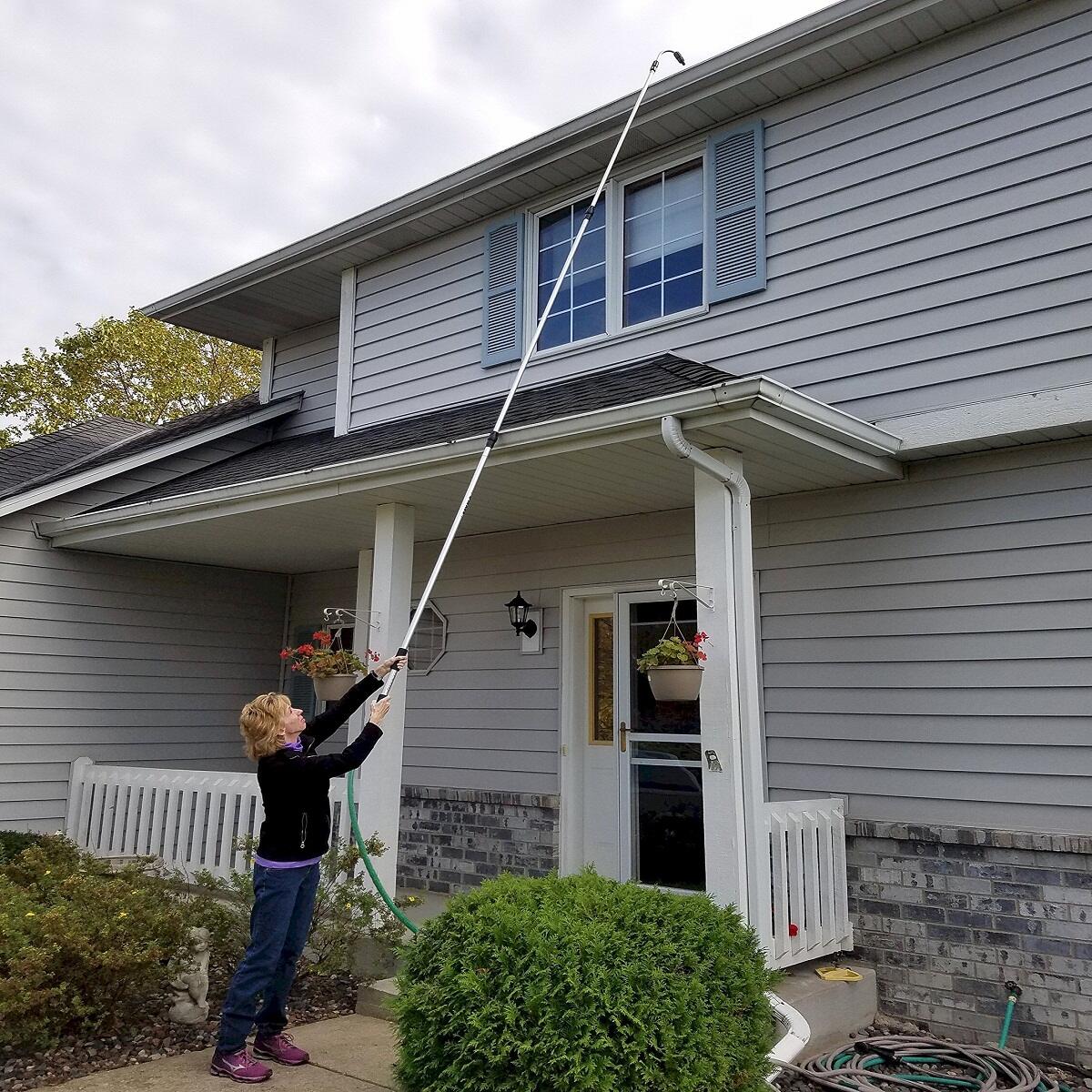
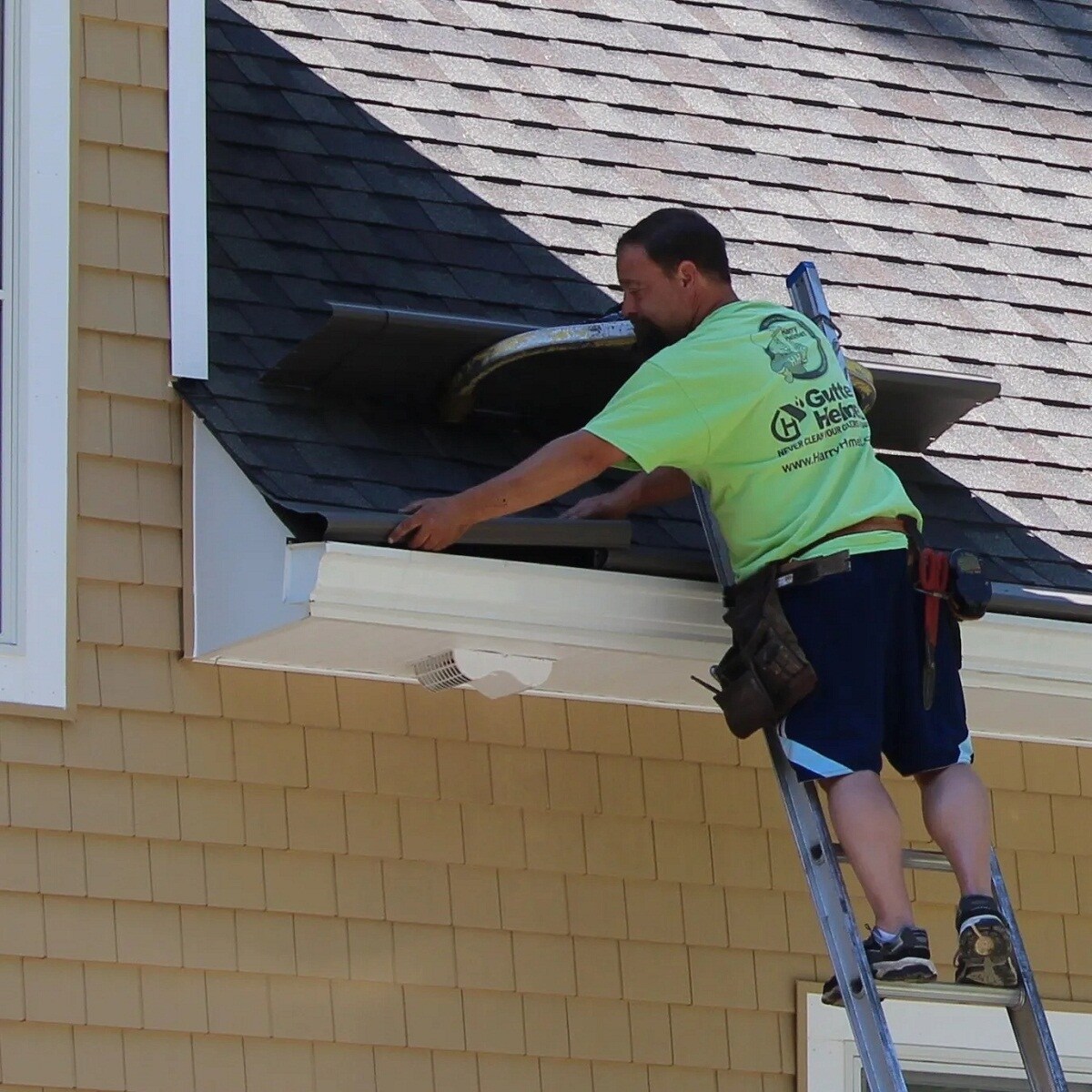
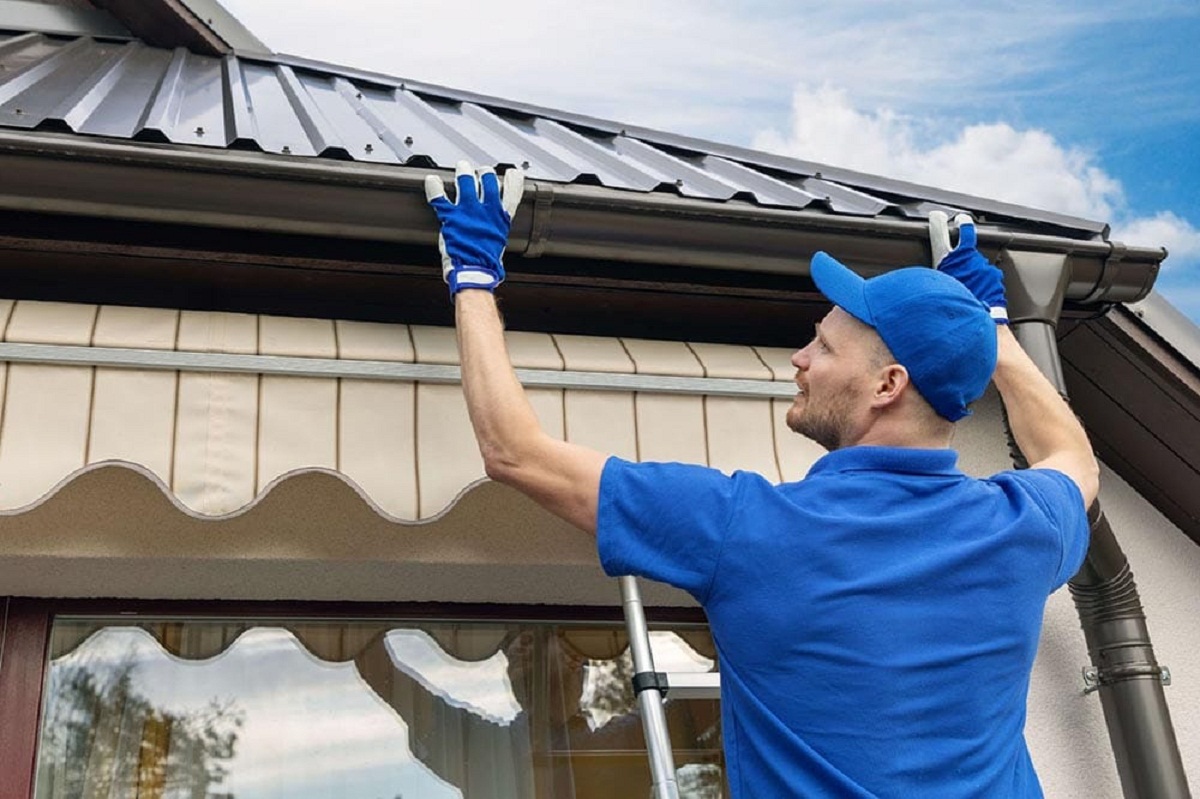
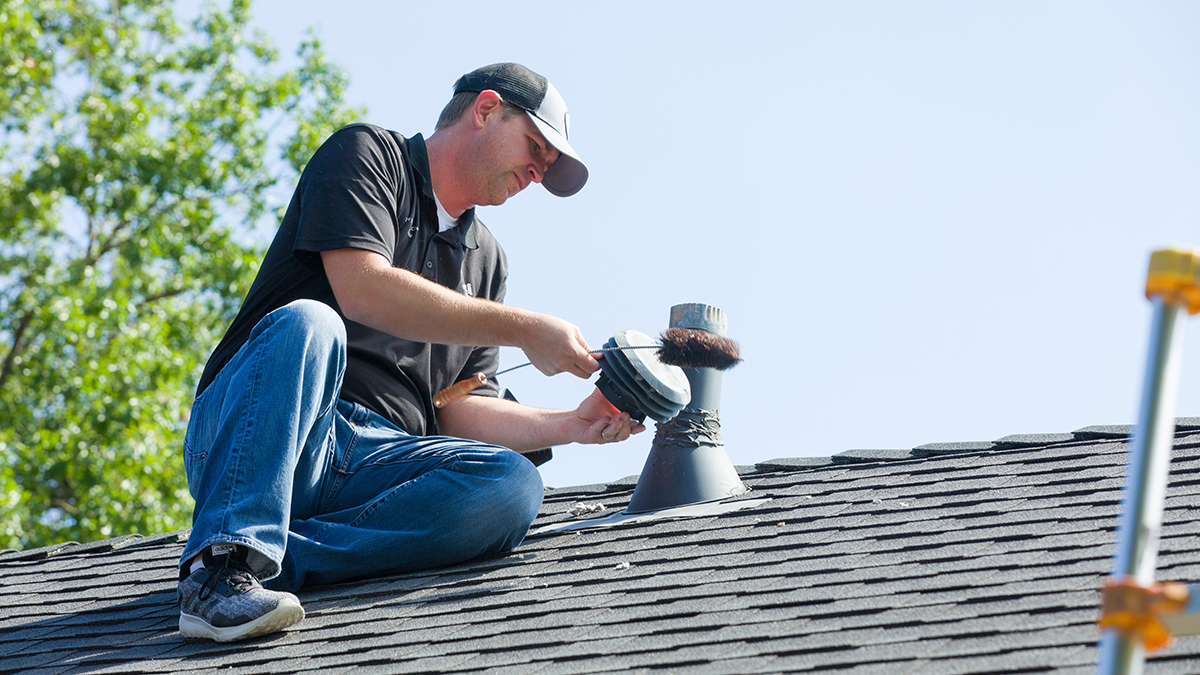
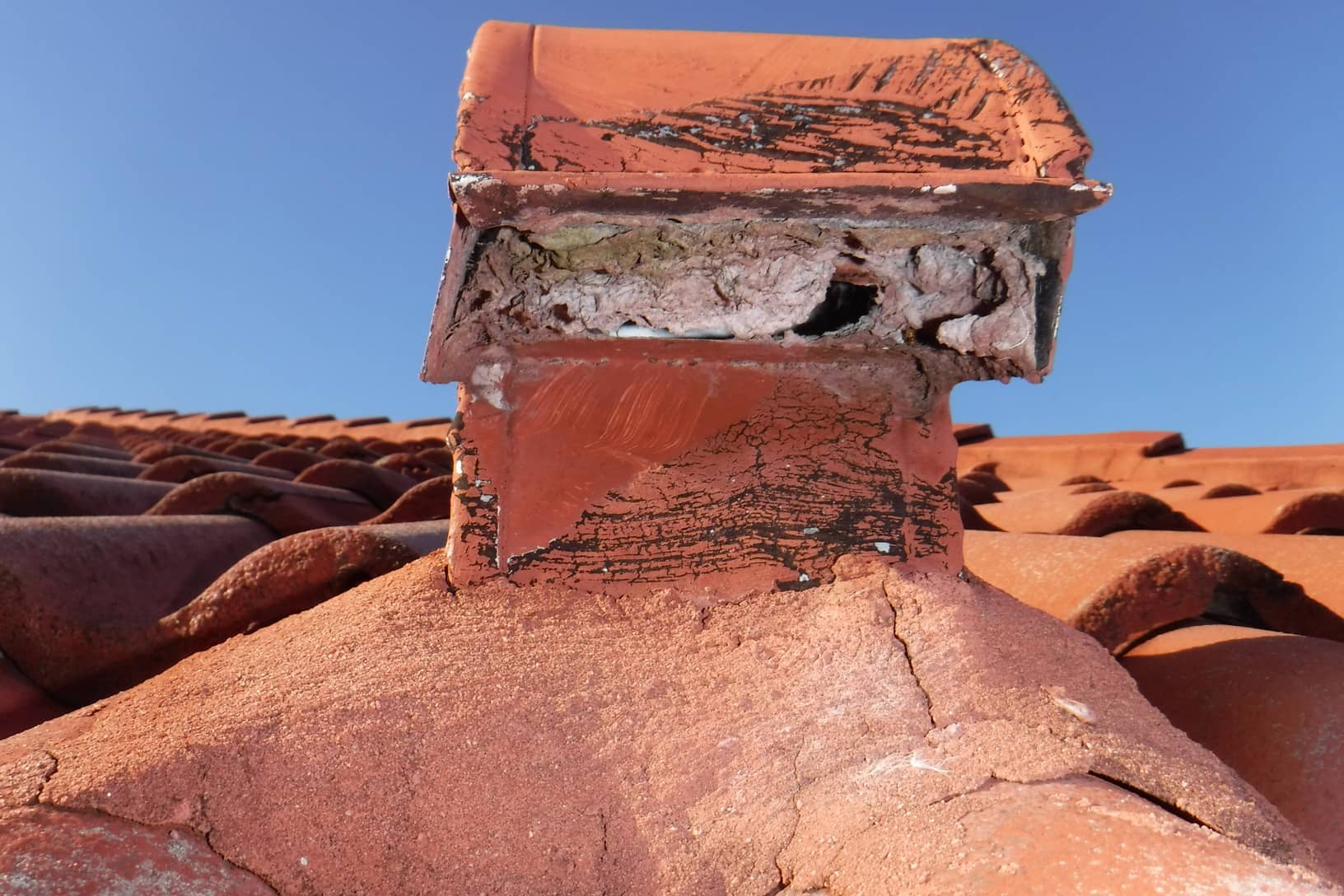
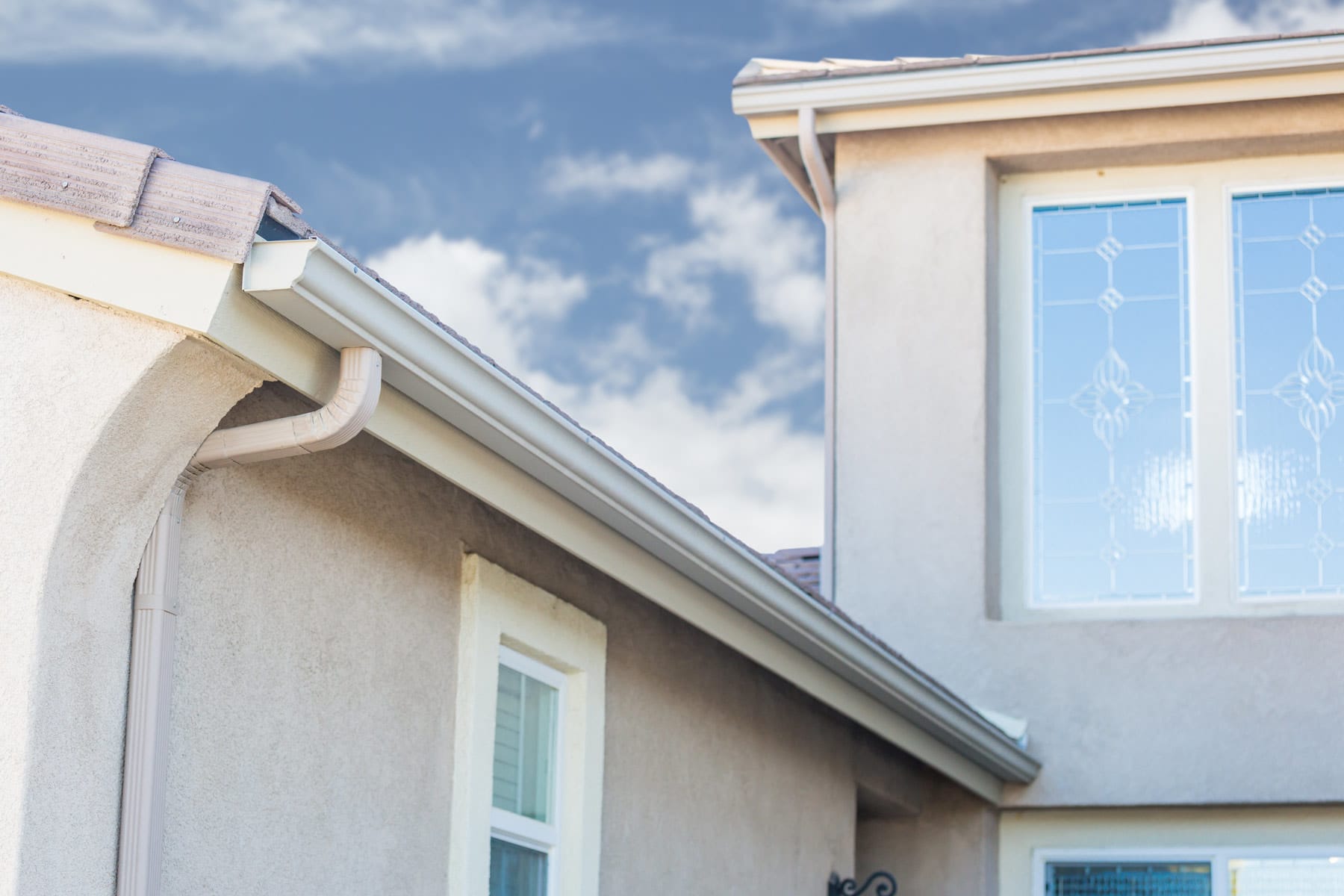
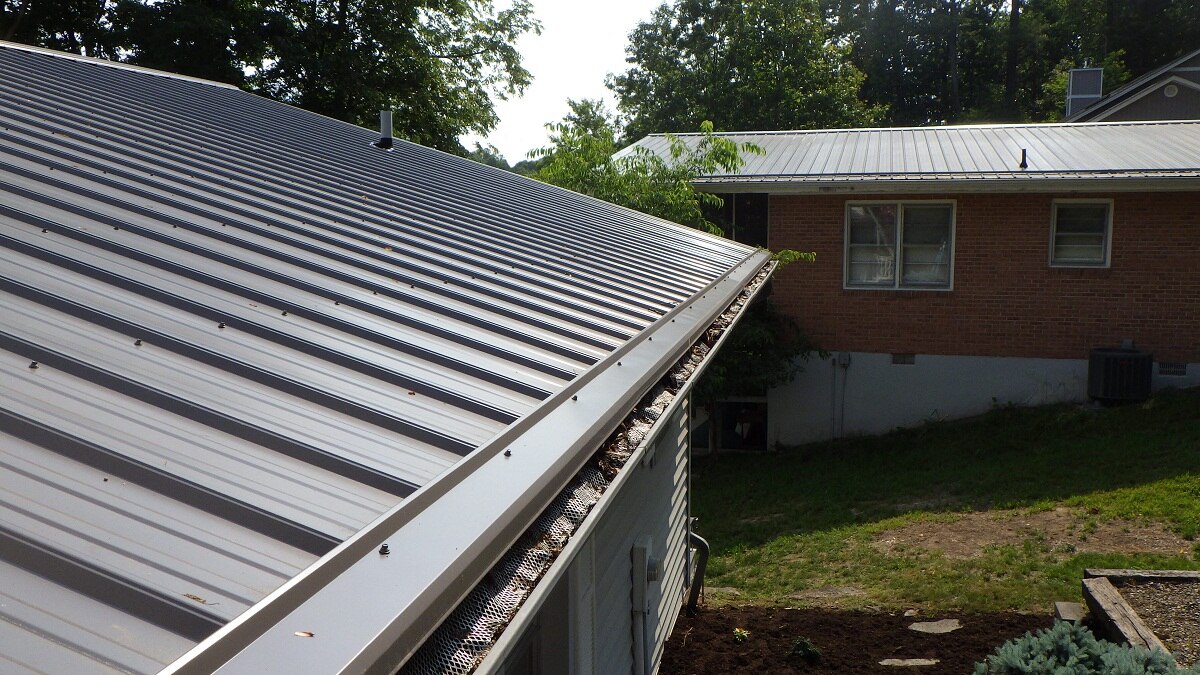
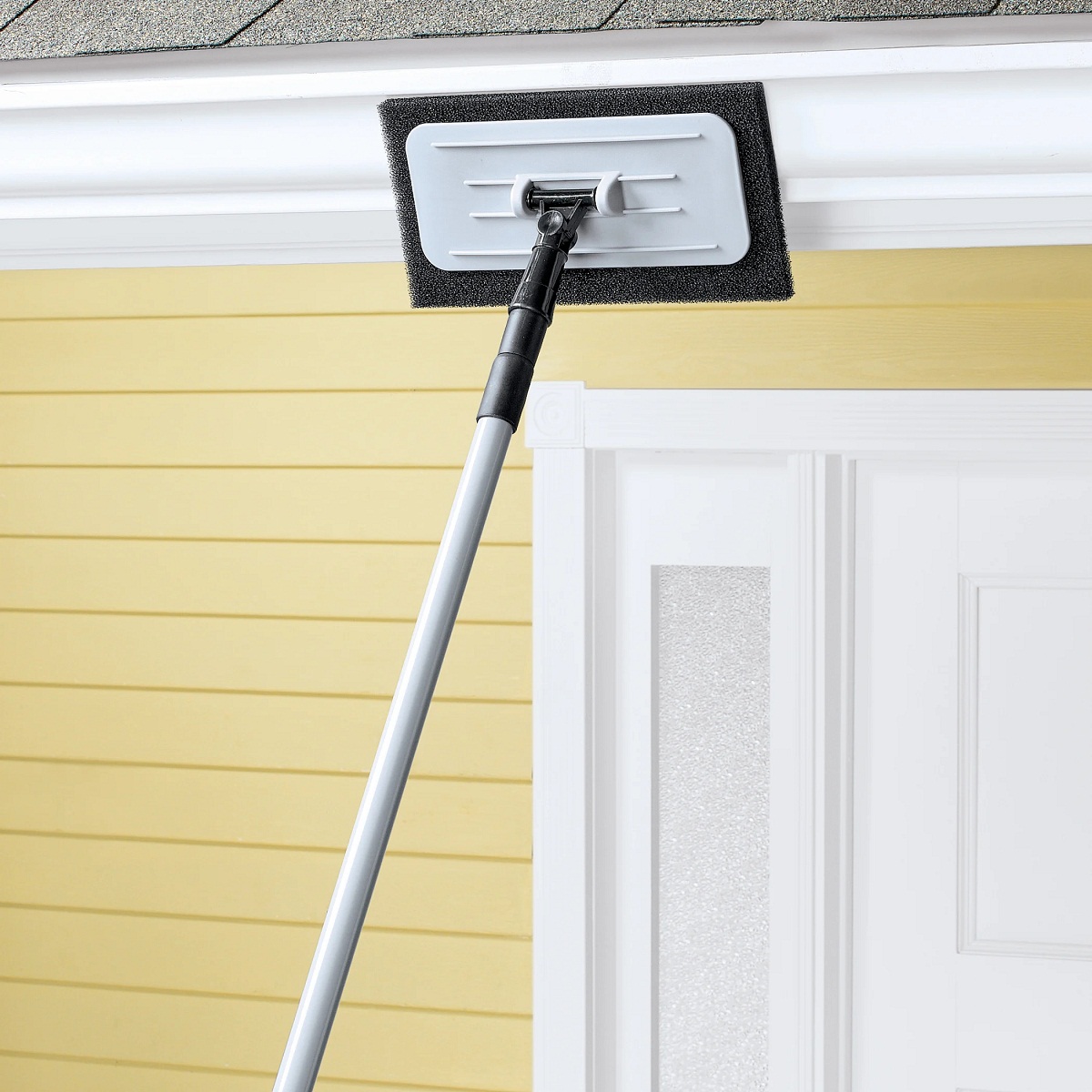
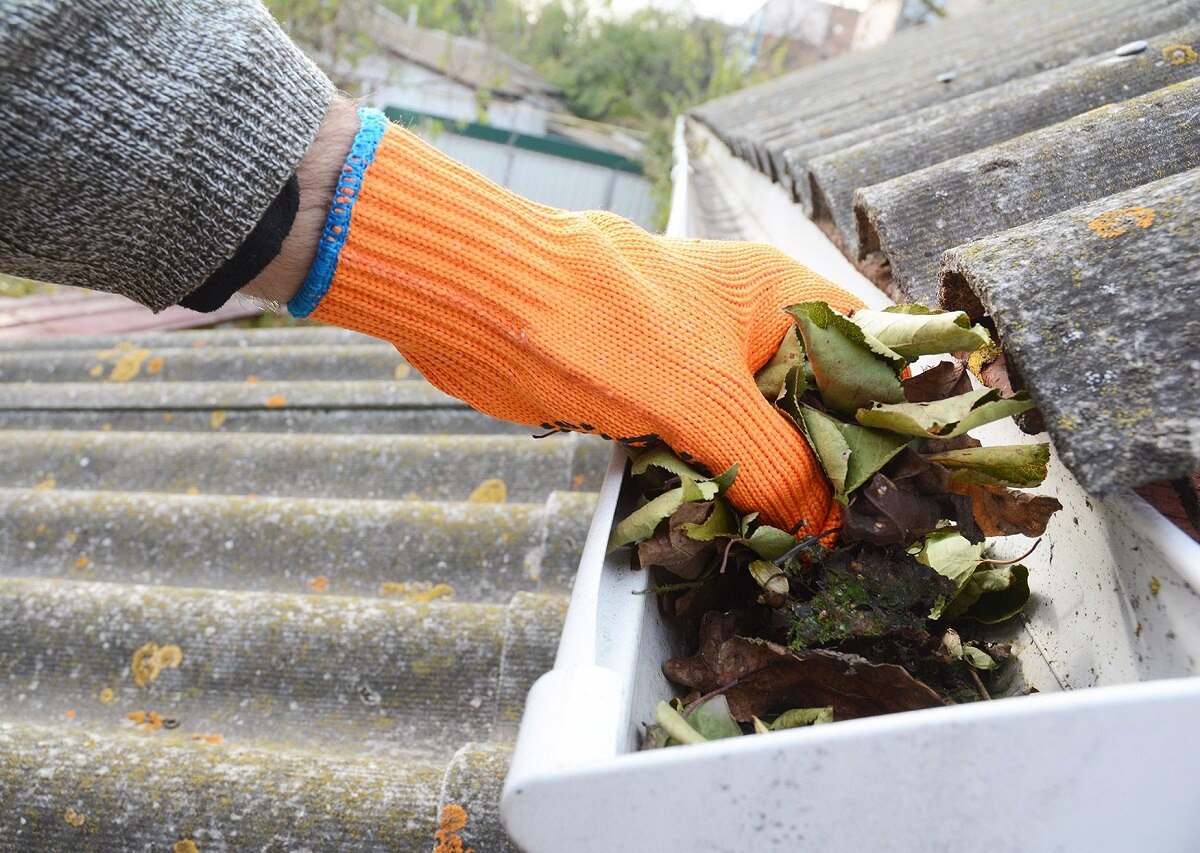
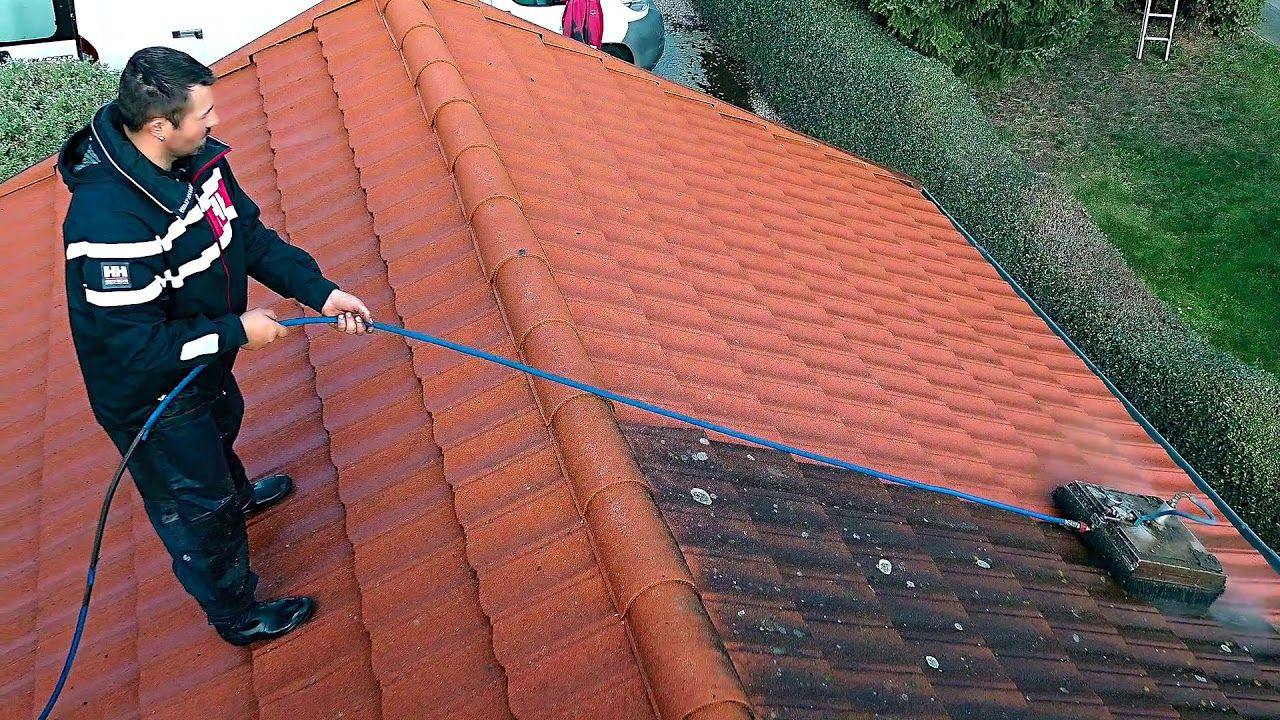
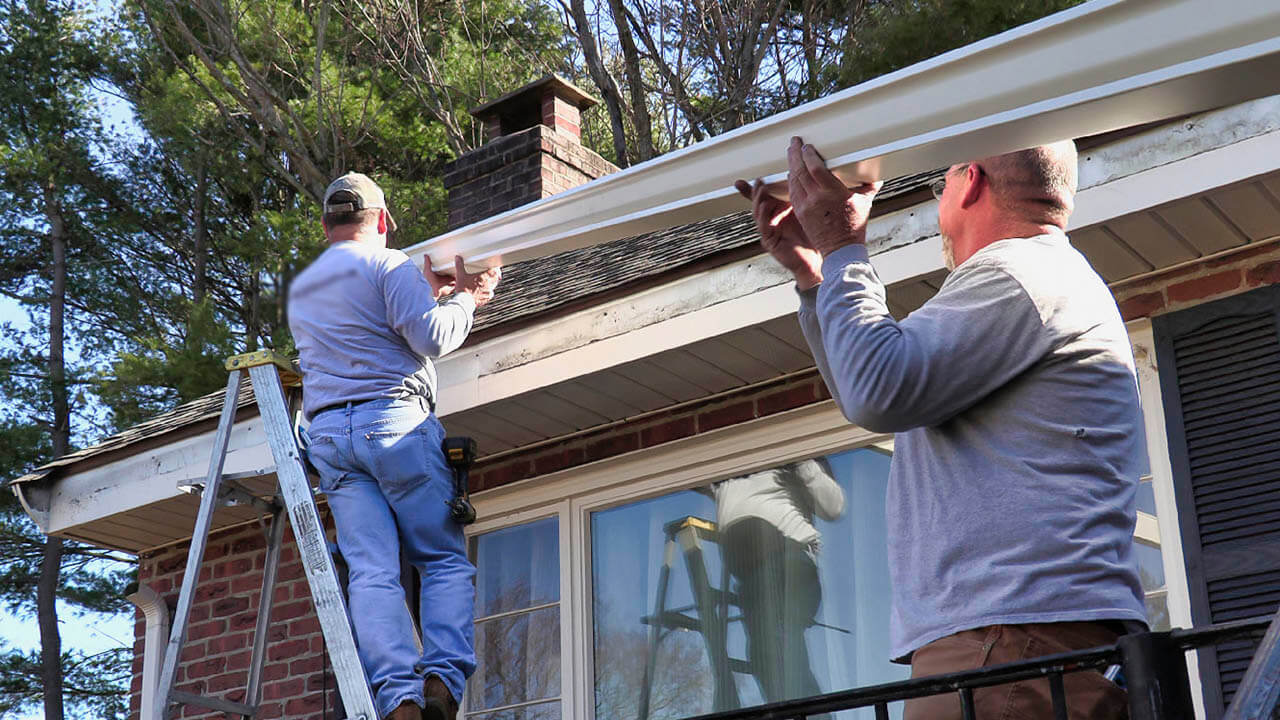
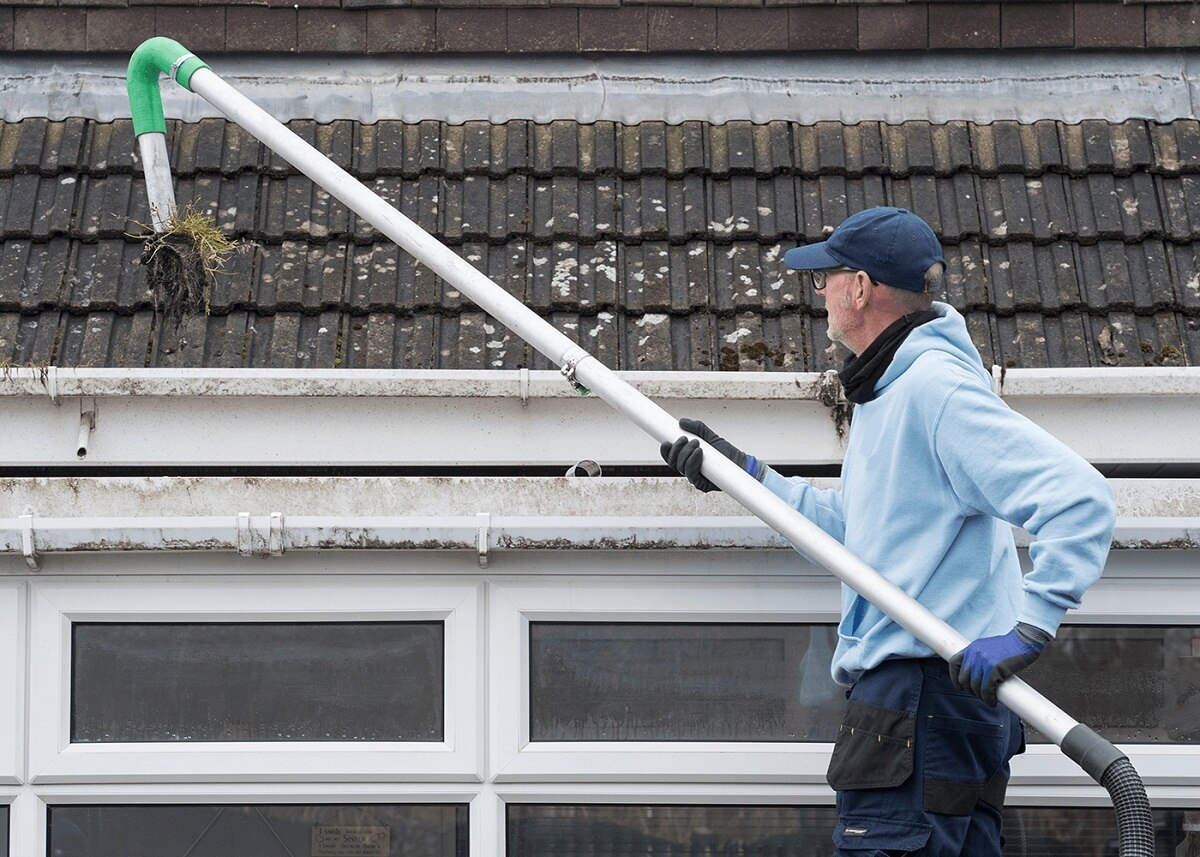
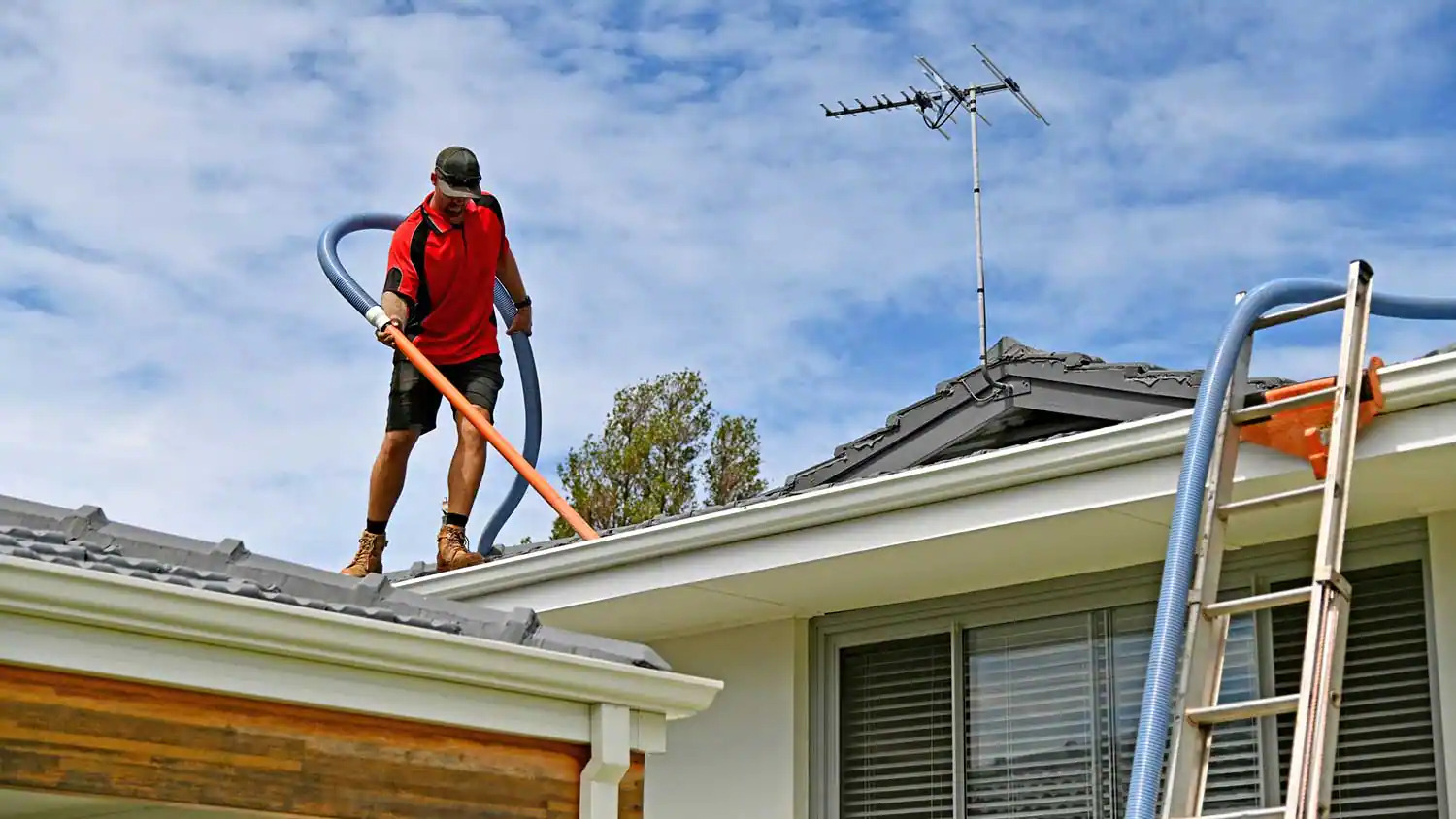

0 thoughts on “How To Clean Gutters From Roof?”